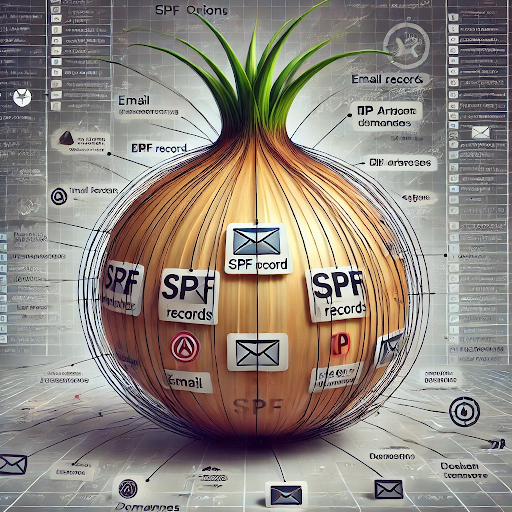Cybersecurity in 2025 and Beyond: Top Predictions
Change is the only constant in this world, and cybersecurity is no exception to that rule. While no one can know for sure what will happen in 2025 and the years to come, one thing is certain: organizations must adapt to new cybersecurity trends to keep pace with peers and adversaries alike.
For one, organizations will need to employ a proactive and integrated approach to cybersecurity this year due to the forecasted growth of high-impact artificial intelligence (AI)-enabled threats. While this strategy has been peeking around the corner in the past few years, it will take the frontline in 2025.
WhoisXML API presents this and other cybersecurity predictions, covering both emerging cyber threats and the strategies required to address them, to help organizations prepare for future challenges.




































